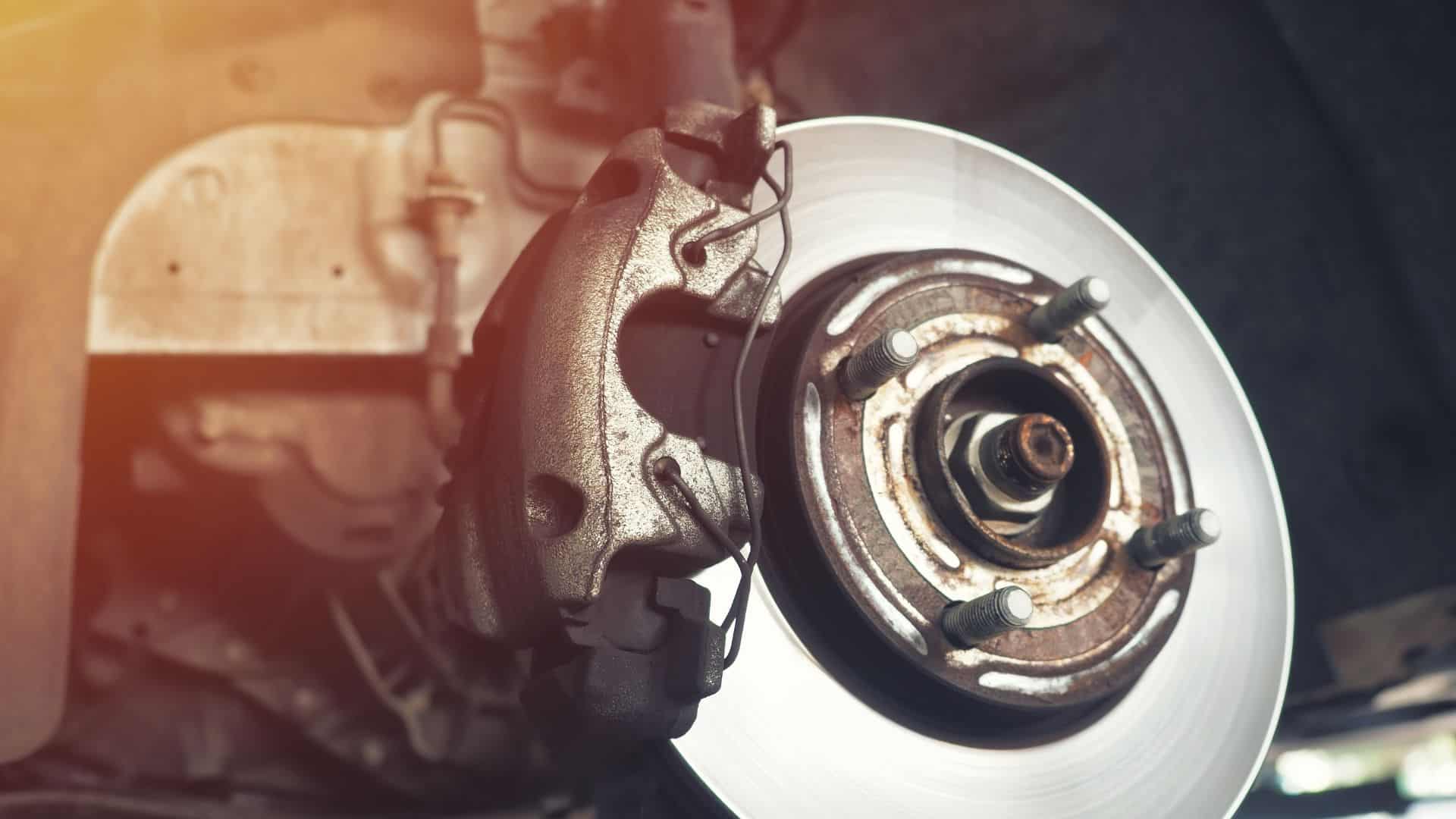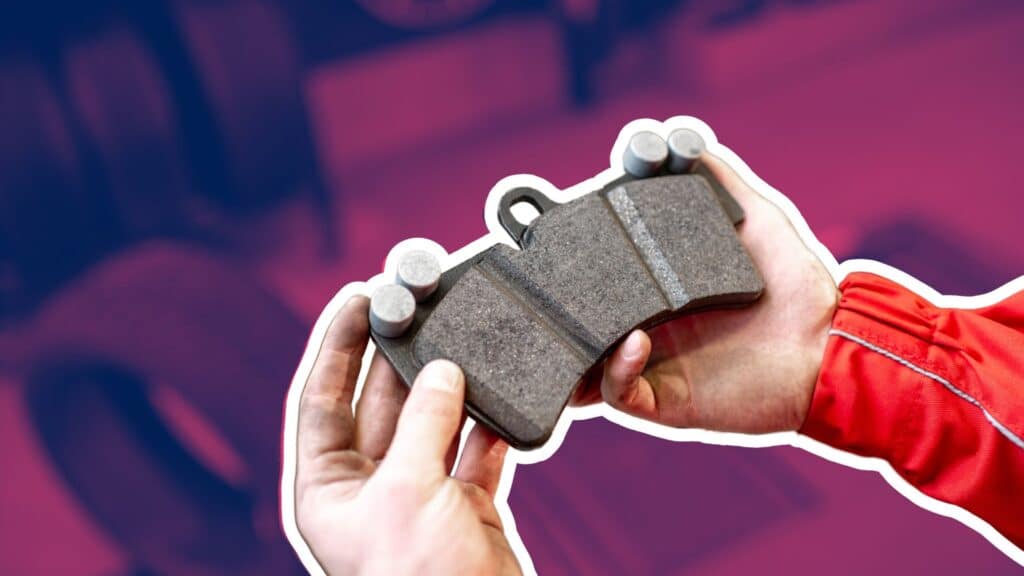Brake pads are vital for vehicle safety, yet many drivers overlook their care, especially when maintaining them on each wheel.
Understanding how many brake pads a vehicle needs per wheel and how to keep them properly is essential for safe driving and optimal vehicle performance.
This guide clarifies brake pad care, helping readers ensure peak performance for every wheel on their car. It explores the typical number of brake pads used per wheel, signs indicating when replacement is necessary, and tips to extend their lifespan.
By the end of this article, readers will know to keep their brake pads in top condition, improving their vehicle’s safety and potentially reducing repair costs.
Why is It Important to Have Brake Pads on Each Wheel
Brake pads are the unsung heroes of your vehicle’s safety system. These small but mighty components are vital in bringing your car to a stop when you need it most. But did you know that the condition of brake pads on each wheel is equally important?
1. Four Corners, One Purpose
Every wheel on your vehicle requires properly functioning brake pads to ensure balanced and effective braking. When you press the brake pedal, the pads on all wheels should engage simultaneously, providing even stopping power.
This balance is essential for maintaining vehicle control, especially during sudden stops or challenging road conditions.
2. The Effects of Neglect
Neglecting the care of brake pads on any wheel can have immediate and serious consequences for your safety. Unevenly worn brake pads can cause your vehicle to pull to one side when braking, potentially leading to loss of control.
Moreover, worn-out pads on even one wheel can significantly increase your stopping distance, putting you and others at risk on the road.
3. How Many Pads per Wheel?

Understanding how many brake pads each wheel needs is the first step in proper maintenance. Most vehicles have two brake pads per wheel, but the number can vary depending on the brake system’s design.
Regular inspections and timely replacements of all brake pads ensure that your vehicle maintains optimal braking performance, keeping you safe on every journey.
The Role of Individual Wheel Braking
- In certain driving situations, such as cornering or navigating slippery roads, the brake pads on each wheel become even more critical. Modern vehicles often have systems that can apply braking force to individual wheels to maintain stability. All brake pads must be in good condition for these systems to work effectively.
- By ensuring that each wheel’s brake pads are well-maintained, you’re preserving your vehicle’s braking balance and enhancing your overall control and safety on the road. Remember, it’s not just about how many brake pads per wheel (typically two) but how well you maintain all of them across your vehicle.
4. Front vs. Rear
It’s important to note that front and rear brake pads often wear at different rates. This is due to your vehicle’s weight distribution—the front typically bears more weight during braking.
However, this doesn’t mean you should neglect the rear brake pads. All four wheels, with their two brake pads each, need to work together for optimal braking performance.
Importance of Brake Pads in Vehicle Safety
Break pads are an important part of the wheels’ mechanism. They ultimately give you better braking, thus giving you better control over your car.
How Brake Pads Work

Brake pads are key players in your vehicle’s braking system. They work alongside rotors and calipers to slow down and stop your car.
When you step on the brake pedal, the pads press against the rotors, creating friction. This friction turns the energy of your moving vehicle into heat, bringing you to a safe stop.
The pads are made of special materials designed to withstand high temperatures and provide steady performance. Two brake pads are typically found per wheel, though some systems might vary. This design ensures even pressure distribution and effective braking.
Balancing the Breaking of The Car
Well-maintained brake pads on each wheel are required for balanced braking. When all pads are in good condition, your vehicle stops in a straight line without veering to one side. This even distribution of braking force is vital for maintaining control, especially in emergencies.
Notably, front and rear brake pads often wear at different rates. This is due to the vehicle’s weight distribution and the design of the braking system. That’s why checking all four wheels regularly is important, not just the front or rear.
How to Prevent Uneven Wear of Break Pads
1. Regular and Thorough Inspections
Consistent checks are necessary for maintaining even brake pad wear across all wheels. By scheduling regular inspections, you can identify and address wear issues early, preventing more serious problems and avoiding costly repairs.
Most vehicles have two brake pads per wheel, so examining all eight pads during each inspection is essential.
During these checks, a qualified technician should measure the thickness of each brake pad and look for signs of uneven wear, such as one pad being thinner than its counterpart on the same wheel or noticeable differences between the front and rear pads.
2. Causes and Risks of Uneven Wear
Mechanical issues, including stuck brake calipers or unevenly adjusted brake components, can cause one set of pads to wear down more quickly than others. This uneven wear can reduce braking efficiency and lead to longer stopping distances, compromising your vehicle’s safety.
It’s important to remember that even if your vehicle has two brake pads per wheel, they may not wear at the same rate. Regular inspections can help identify these discrepancies before they become significant issues.
3. Professional Maintenance for Optimal Performance

While regular visual checks are beneficial, professional maintenance is key to preventing and correcting uneven brake pad wear. A skilled mechanic has the tools and expertise to accurately assess the condition of all brake pads, regardless of how many are on each wheel.
During a professional brake service, the technician will:
- Measure the thickness of each brake pad precisely
- Inspect the brake rotors for signs of wear or damage
- Check the brake calipers for proper function
- Make necessary adjustments to ensure even pressure distribution
Long-Term Benefits of Proper Brake Pad Care
Extending the Lifespan of Brake Components
Consistent care of all brake pads, typically two per wheel, can significantly enhance the longevity of your entire braking system.
Well-maintained pads wear evenly, reducing stress on other components like rotors and calipers. This even helps prevent issues such as rotor warping or scoring, which can be expensive to repair.
Regular brake pad maintenance can help you avoid major repairs, resulting in noticeable cost savings over time. The expense of routine pad replacements is minimal compared to the potential cost of replacing rotors, calipers, or other brake system parts.
Enhancing Vehicle Resale Value
Well-maintained brake pads contribute to a higher resale value for your vehicle. The condition of brake pads on each wheel is often checked during pre-purchase inspections.
Brake pads in good condition suggest diligent overall vehicle care, which can positively influence a buyer’s decision and potentially increase the offer price.
Dealerships often consider the condition of worn items like brake pads when valuing trade-ins. A vehicle with brake pads that don’t need immediate replacement may receive a higher trade-in value, as the dealership won’t need to invest in this repair before reselling.
Conclusion
Proper brake pad maintenance is critical for vehicle safety and performance. Understanding that most vehicles have two brake pads per wheel emphasizes the importance of caring for all eight pads.
Regular inspections and timely replacements ensure balanced braking and prevent uneven wear. Drivers can avoid more serious problems and costly repairs by addressing issues early.
Well-maintained brake pads enhance safety, contribute to the longevity of other brake components, and positively impact a vehicle’s resale value. Consistent care of brake pads across all wheels is an investment in both safety and the vehicle’s overall condition.
Remember, the braking system is only as strong as its weakest component. By giving attention to each wheel’s brake pads, drivers can guarantee optimal performance, safety, and value retention for their vehicles.
Frequently Asked Questions (FAQ)
How Much Should It Cost to Replace Brake Pads and Rotors?
Replacing brake pads and rotors typically costs $250 to $800 per axle. Prices vary depending on the vehicle’s make and model and whether you choose OEM or aftermarket parts.
Should You Always Replace Rotors with Brake Pads?
Not always. If rotors are not too worn or damaged, they can often be resurfaced. However, if they are below minimum thickness, warped, or severely grooved, they should be replaced along with the brake pads.
Is There a Brake Pad Indicator?
Yes, most modern vehicles have brake pad wear indicators. Small metal tabs make a squealing noise when the pad material wears down, alerting drivers that it’s time to replace the brake pads.

